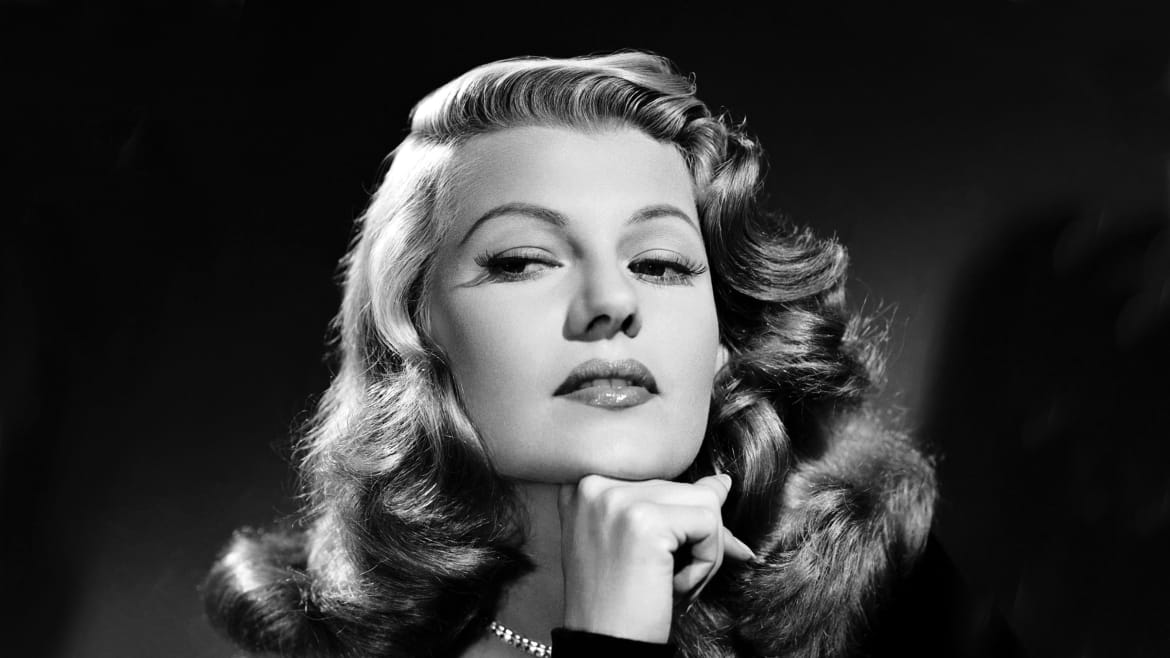Donaldson Collection/Michael Ochs Archives/Getty Images
I never quite recovered from Citizen Kane. Its lyrical nightmare has haunted half my life. It’s no accident. Kane begins with a warning on a wire: no trespassing. Yet we’re trespassers, all. At least those of us who are willing to move beyond the wire into a film that never ceases to seduce, that is as modern now as when it was made. Small wonder, then, that I wished to tackle a novel about Orson Welles, whom I revered despite his gargantuan faults, as if he were devoured by his own largeness.
There was so much mythology surrounding him, most of it supplied by Welles himself, that I just couldn’t write a novel in his voice without surrendering to Welles’ own bravura.
Like many geniuses, he never solved the enigma of his own genius. He saw himself as a circus master, who could hold the entire “circus” of a film together. He couldn’t. He didn’t know the first thing about screenwriting when he arrived in Hollywood. Yet he had a gift that went beyond all the technical wizards at RKO. Welles had the eye of a camera. There isn’t a moment in Citizen Kane that doesn’t explode with energy and hold us captive to whatever image is onscreen. And no one but Welles could have dreamed up the magic mirror maze in The Lady From Shanghai, where he weaponizes the cinematic machine, and leaves us all helpless victims in its wake, trapped forever in that maze as moviegoers. Like other directors, he had his failures and misfires. But he remains the most audacious director in the history of film. Hollywood moguls, led by Louis B. Mayer, tried to destroy every print of Kane, to render it invisible, as Welles had dared parody their Willie, William Randolph Hearst. It’s Kane that has survived, not Louis B. Mayer, not the other moguls.

